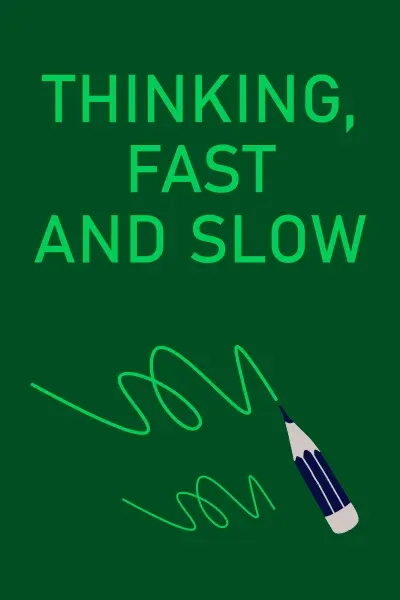
How Innovation Works
Brief Summary
Our lives today are the result of many innovative advancements made by others in the past. However, not everyone fully understands what innovation is, much less how to implement it. Yet, Matt Ridley’s book “How Innovation Works: And Why It Flourishes in Freedom” can help explain it.
Key points
Key idea 1 of 6
What is innovation? Many people associate innovation with designing brilliant inventions that change the world. However, this is not entirely true. Innovation is simply introducing something new in place of something old while observing its effectiveness.
Innovation is a part of our lives that makes us human. And we can't stop progress, no matter how much we wish we could. Sooner or later, small irreversible changes will accumulate, transforming the usual way of life. Just think about how we would live without the new concepts we are so used to today.
For example, hundreds of years ago, the idea of eating potatoes was not that common. Today, we can't imagine a modern cuisine without potatoes. It's hard to visualize what we would do without French fries, mashed potatoes, and so on. Still, 16th-century Europe refused to accept potatoes as a product of their table.
Potatoes originated from the Andes in South America. Later, in the mid-1500s, traders brought potatoes to Europe, practically flooding countries like France or England with this new product. However, the French and English avoided eating potatoes, spreading rumors about them. It took a long time for the potato to gain acceptance. It wasn't until the 1800s that Europeans truly fell in love with this kind of vegetable, a process that was nothing short of innovative for them.
Growing potatoes and eating them was nothing more than a good idea. But it was the idea that became the innovation. When people find a more convenient analogy to existing things, they can make real revolutions without creating any new physical objects.
Another example is how Fibonacci proposed replacing the Roman numeral system with the Arabic one. Both systems already existed and were used in one way or another, but the Roman one was more popular. Fibonacci argued that using the Arabic system allowed for more complex calculations that took up much less space. Just compare VIII and 8, or LXVIII and 68. This small, seemingly insignificant innovation changed the world of mathematics by making calculus more accessible.
You may also like these summaries











